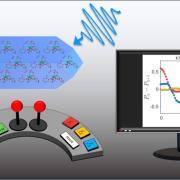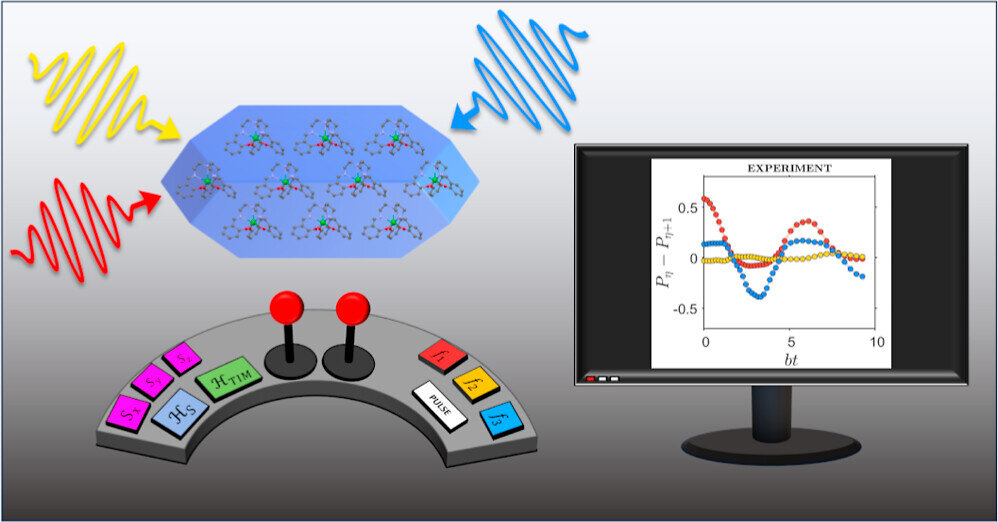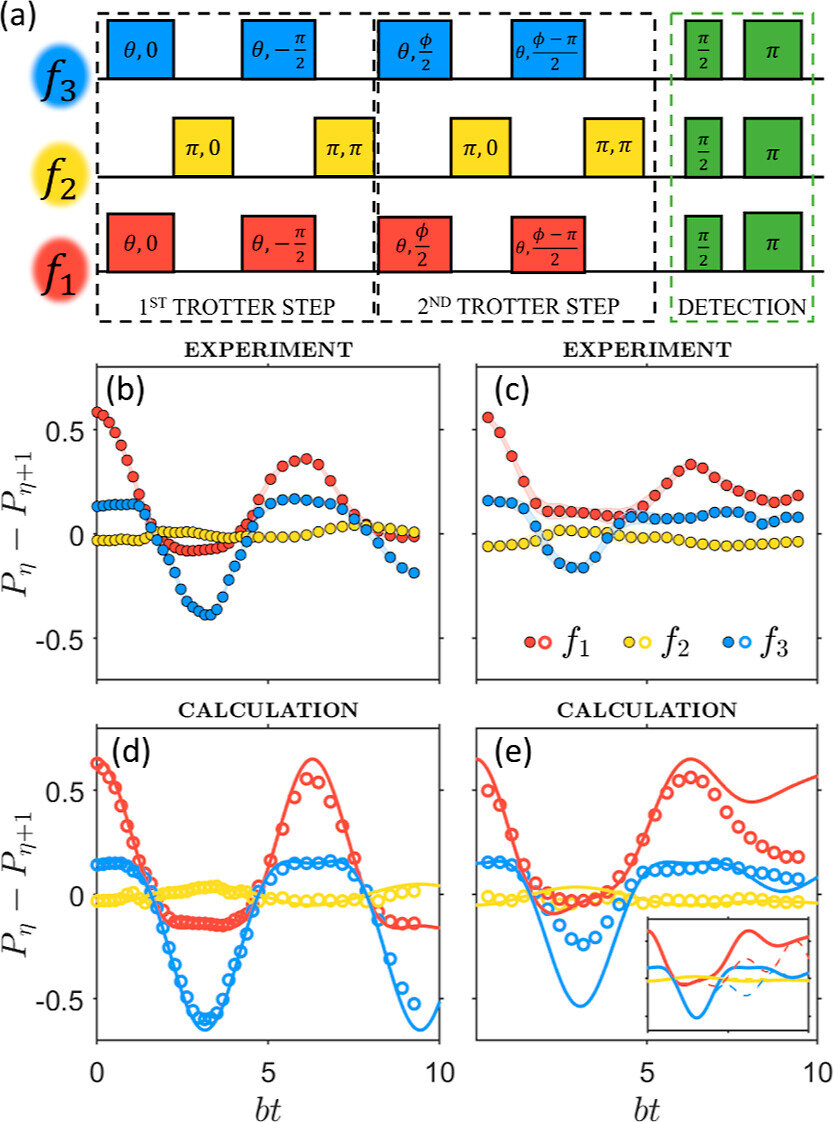The AWG-5000 Arbitrary Waveform Generator has been adopted by the research group in the Department of Mathematical, Physical and Computer Sciences led by Prof. Roberto De Renzi at the University in Parma.
Proof-of-Concept Quantum Simulator Based on Molecular Spin Qudits
Simone Chicco, Giuseppe Allodi, Alessandro Chiesa, Elena Garlatti, Christian D. Buch, Paolo Santini*, Roberto De Renzi*, Stergios Piligkos*, and Stefano Carretta*
The use of d-level qudits instead of two-level qubits can largely increase the power of quantum logic for many applications, ranging from quantum simulations to quantum error correction. Magnetic molecules are ideal spin systems to realize these large-dimensional qudits. Indeed, their Hamiltonian can be engineered to an unparalleled extent and can yield a spectrum with many low-energy states. In particular, in the past decade, intense theoretical, experimental, and synthesis efforts have been devoted to develop quantum simulators based on molecular qubits and qudits. However, this remarkable potential is practically unexpressed, because no quantum simulation has ever been experimentally demonstrated with these systems.
Here, we show the first prototype quantum simulator based on an ensemble of molecular qudits and a radiofrequency broadband spectrometer. To demonstrate the operativity of the device, we have simulated quantum tunneling of the magnetization and the transverse-field Ising model, representative of two different classes of problems.
These results represent an important step toward the actual use of molecular spin qudits in quantum technologies.
Apparatus. The experimental apparatus for the characterization and control of the nuclear qudit has been specifically designed by combining the potentialities of the homemade broadband NMR spectrometer “HyReSpect” 64 with a fast state-of-the-art arbitrary waveform generator (Arb Rider AWG-5062D, hereafter AWG) from Active Technologies. The multifrequency pulse sequences for the coherent manipulation of the nuclear qudit were in fact generated by the AWG externally triggered by the spectrometer, while the spectrometer was devoted to the final state detection.
The characteristics of the experimental setup are particularly suitable for the present experiment: a flat response over a wide frequency span, very short dead times (<1.3 μs) to make echo-detection compatible with the qudit phase memory time, fast RF switching.
The full paper is available HERE
The AWG-5000 can generate sub-nanosecond pulses down to 230 ps reaching a voltage amplitude of 5Vpp on 50 ohm load and fast rise and fall time smaller than 110 ps. The pulses can be generated with any arbitrary shape giving the user the maximum of the flexibility in all the experiment conditions.
Ferrara – Italy, 26.01.2024




